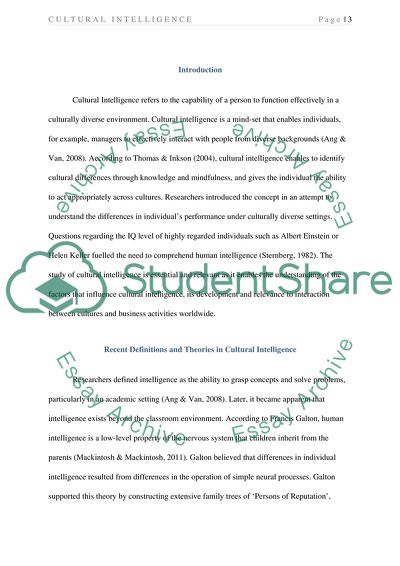Cite this document
(Cultural Intelligence Assignment Example | Topics and Well Written Essays - 1750 words, n.d.)
Cultural Intelligence Assignment Example | Topics and Well Written Essays - 1750 words. https://studentshare.org/sociology/1868971-cultural-intelligence
Cultural Intelligence Assignment Example | Topics and Well Written Essays - 1750 words. https://studentshare.org/sociology/1868971-cultural-intelligence
(Cultural Intelligence Assignment Example | Topics and Well Written Essays - 1750 Words)
Cultural Intelligence Assignment Example | Topics and Well Written Essays - 1750 Words. https://studentshare.org/sociology/1868971-cultural-intelligence.
Cultural Intelligence Assignment Example | Topics and Well Written Essays - 1750 Words. https://studentshare.org/sociology/1868971-cultural-intelligence.
“Cultural Intelligence Assignment Example | Topics and Well Written Essays - 1750 Words”. https://studentshare.org/sociology/1868971-cultural-intelligence.


